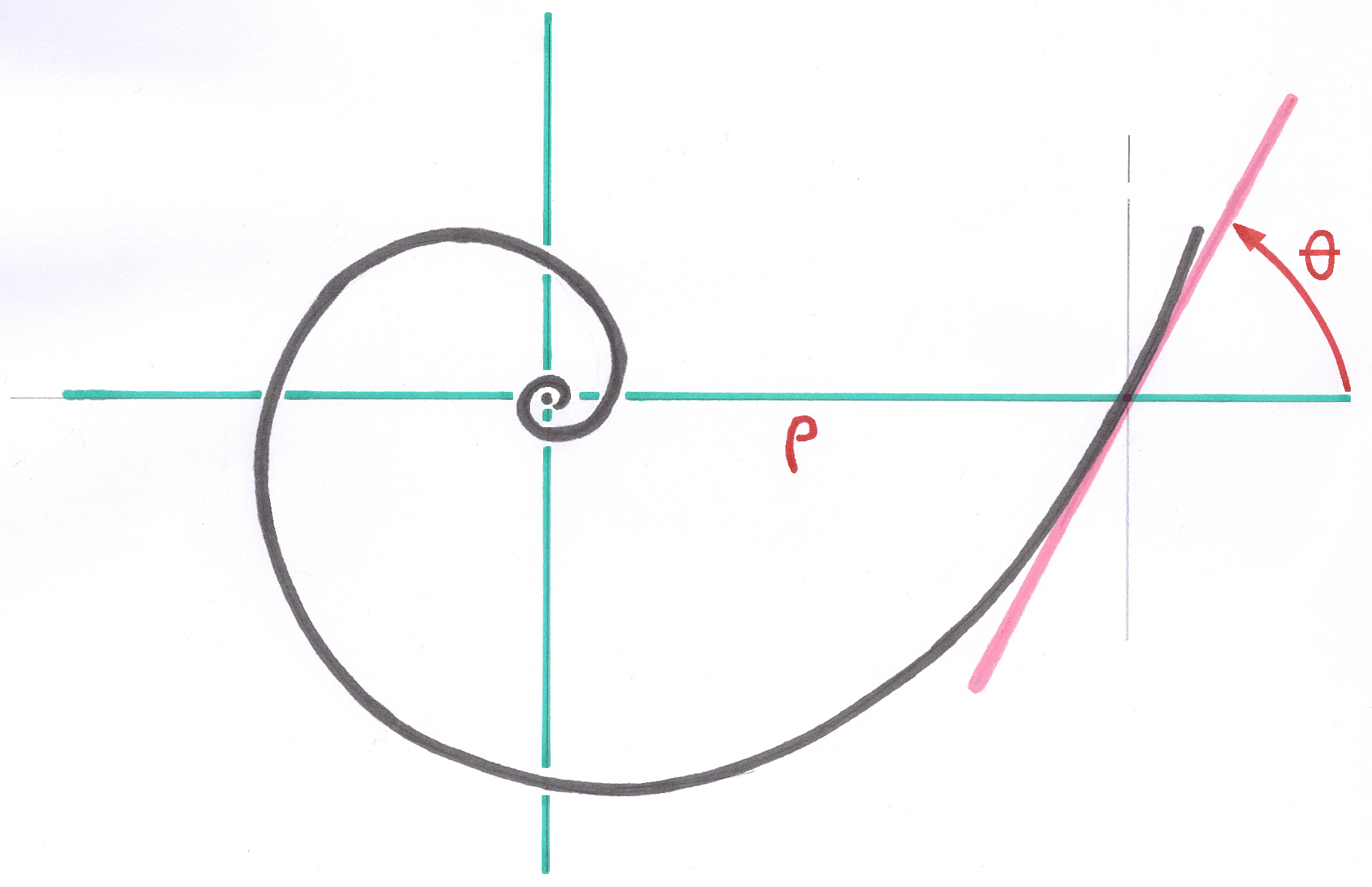5.1.3. Reoperation Stems SLR Plus
Cementless stems for reoperation of cemented stems
Many operators have found that standard AlloClassic stems are often suitable for replacing an old cemented stem that has had to be extracted.
Despite everything, there remained a good number of cases where curettage of the cement had led to thinning of the cortex in the vicinity of the distal tip of the old prosthesis. The diaphysis no longer presented sufficient security to allow reoperation using a standard length stem, which was actually relatively short.
As I cited (2.11.2.2.), cortical bone that has been in contact with cement still contains toxic molecules of methyl-monomethacrylate many years after cementing. This is rather a handicap to hope for ideal behavior of the bone around a stem without cement.
This series of SLR Plus stems is intended for those femurs whose cortex is degraded, thinned, still relatively complete but whose ability for osseointegration is lost.
5.1.3.2. Search for an intact distal area
It therefore seemed necessary to me to develop stems specially intended for reoperations which require, to obtain Primary Stability, to transfer the main support towards the area of cortical bone which has not yet undergone cementing during the primary operation. A simple and primitive distal extension, by drawing four lines with a ruler at the end of the pyramidal shape of the AlloClassic stem, could not satisfy this need.
Since the Calcar-Polynomial-Deckner method allowed me to parameterize the Fixation Function at will (4.4.2.3.) to adapt it to particular situations, it was possible for me to transfer a notable part of the constraints more distally along the the stem to exploit the cortical bone still intact in the extension of the cement removal zone, or the zone of excessive widening of the medullary canal following the movements of a largely loosened rod.
In this SLR Plus series, the Fixation Function receiving non-negligible parameters makes visible to the naked eye the light distal swelling of the stem caused by this function, whereas in the SL Plus stem, the Fixation Function is very discreet.
5.1.3.3. Moderate optimal lengthening without conflict with curvature
Compared to the SL Plus primary operating stems, the SLR Plus stems have been lengthened by only 33%. This series of stems does not satisfy third-line reoperations which require much longer stems such as the Modular Plus stem (5.1.4.). The SLR Plus stems, with a straight main axis, have the longest length still admissible for naturally curved femurs. An additional centimeter or two would have already caused an unacceptable rate of conflicts with the anterior curvature of the femur.
For reoperations requiring cortical support in the middle third of the femur or even deeper, the straight SLR Plus stems are not suitable. These reoperations must be performed with long curved stems, such as Modular Plus stems.
Nearly eight out of ten reoperations can be satisfied with either the standard SL Plus stems and the SLR Plus reoperation stems.
Insérer : dessin ordi série SLR and SL
----
Next Stems:
